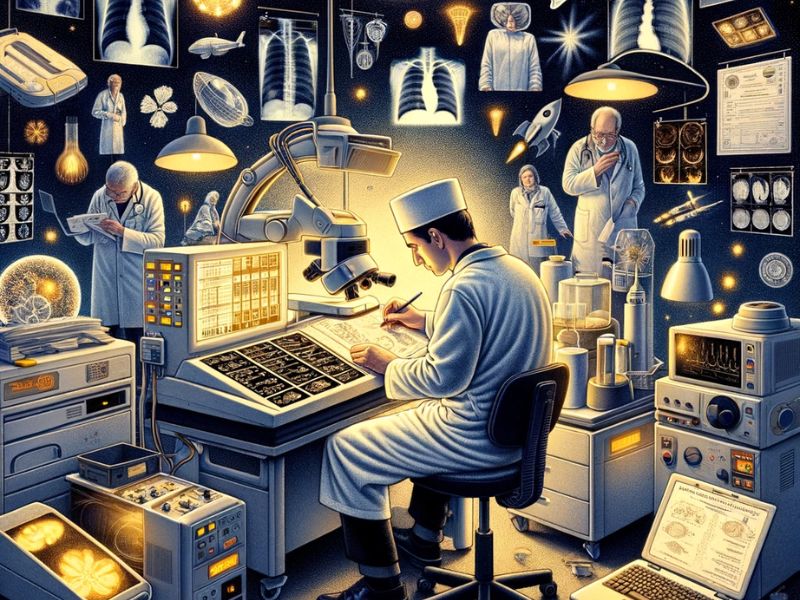
Pathways and opportunities for aspiring radiologists
A Journey through Education and Careers in the Field of Radiology
The Academic Path to Becoming a Radiologist
The career of a radiologist begins with obtaining a degree in Medicine and Surgery, followed by a specialization in Radiology and Diagnostic Imaging. The first step is to pass the competitive entrance examination for medical faculties, which includes questions on general knowledge, logic, biology, mathematics, chemistry, and physics. After graduation, specialization in Radiology is required, during which the physician acquires advanced technical skills and develops the ability to manage stress and time effectively, essential qualities in a often hectic and high-pressure work environment.
Professional Opportunities and Salary Outlook
After specialization, a radiologist can work in both public and private settings, including hospitals and non-hospital facilities, care and treatment institutes, specialized diagnostic imaging and radiotherapy centers, or as a private practitioner. Radiologists can expect varying salaries depending on experience and location, with the possibility of substantial increases over the course of their career. In the United States, for example, the average annual compensation for physicians and surgeons, which includes radiologists, is around $208,000, with the potential to reach $500,000 after ten years of experience.
Top Italian Universities for Studying Radiology
In Italy, the quality of universities in the field of healthcare is generally very high. Some of the most prestigious universities for studying Medical Radiologic Imaging Techniques and Radiotherapy include the University of Modena and Reggio Emilia, the University of Udine, and the University of Turin. These institutions have been positively rated in terms of international rankings and career progression.
Skills and Challenges in the Radiologist Profession
A radiologist must possess a deep understanding of diagnostic technologies and excellent skills in interpreting medical images. Furthermore, it is important to have strong time management abilities and the capacity to work effectively under stress, given the demanding and sometimes urgent nature of work in the healthcare sector. With technological advancements and the increasing demand for diagnostic imaging services, the profession of radiology is constantly evolving, offering new opportunities and challenges.


